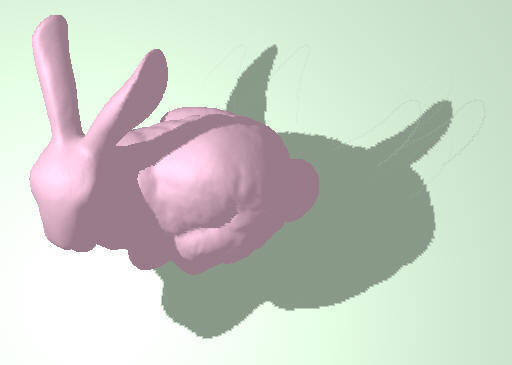
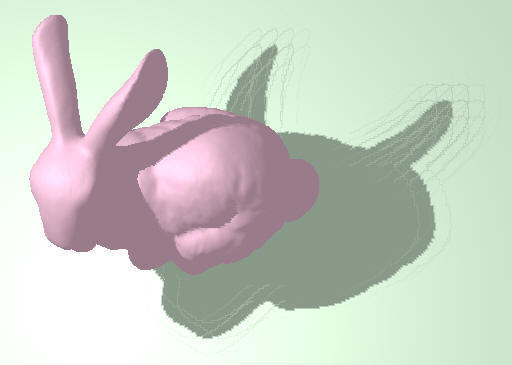
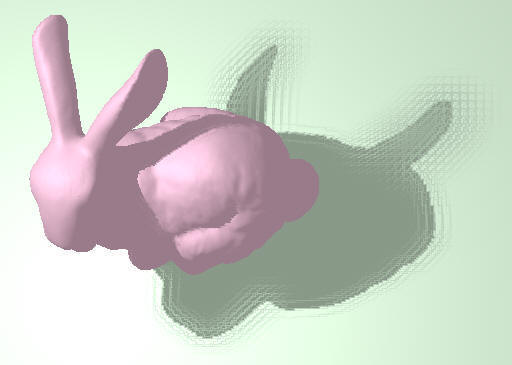
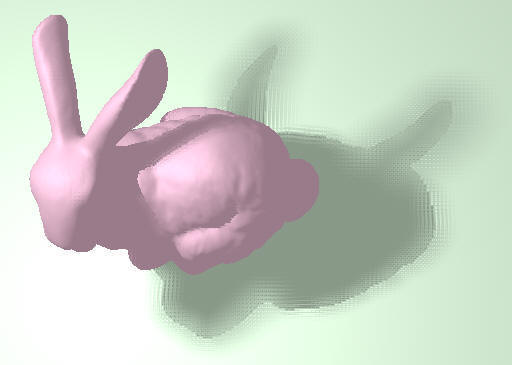
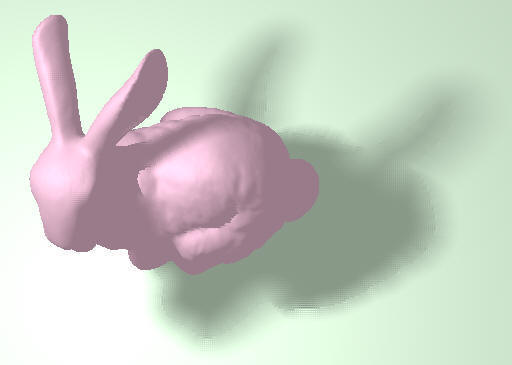
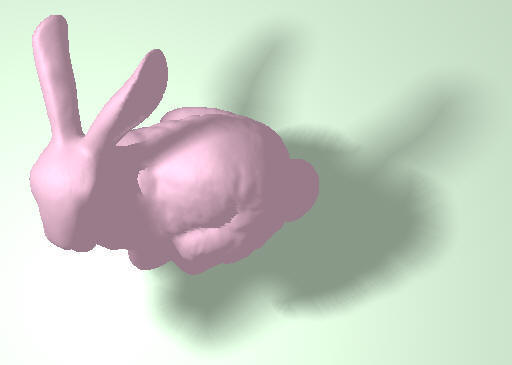
Utilizing Jump Flooding in Image-based Soft Shadows
Guodong Rong and Tiow-Seng Tan
{ rongguod | tants }@comp.nus.edu.sg
National University of Singapore
School of Computing
Abstract
This paper studies the usage of the GPU as a collection of groups of related processing units, where each group
communicates in some way to complete a computation efficiently and effectively. In particular, we use the GPU to perform jump flooding to pass information among groups of processing units in the design of two simple real-time soft shadow algorithms. These two algorithms are purely image-based in generating plausible soft shadows. Their computational costs depend mainly on the resolution of the shadow map or the screen. They run on an order of magnitude faster than existing comparable methods.Paper: pdf file (1.6M) - The 2006 ACM Symposium on Virtual Reality Software and Technology (VRST'06), November 1-3, 2006, Limassol, Cyprus, pp. 173--180.
Video: click here to download the video clip (19.7M, MOV format).
¡¡
The jump flooding process of JFA-E algorithm in generating soft shadows for the bunny: From left to right: step length equals to 32, 16, 8, 4, 2, 1 respectively. The right most picture is the final image. (click pictures to enlarge them)
¡¡
The jump flooding process of JFA-L algorithm in generating soft shadows for the bunny: The left most picture shows the boundary in shadow map. The six pictures in the middle shows the process of penumbra generation with step length equals to 32, 16, 8, 4, 2, 1 respectively. The right most picture is the final image. (click pictures to enlarge them)
Related Projects: JFA (Jump Flooding in general), JFA Variants, and TSM (Trapezoidal Shadow Maps)
Supported under grants R-252-000-259-720 from Microsoft Research Asia and R-252-000-216-112 from National University of Singapore
Dated: 22 December 2005, 10 February 2006, 12 April 2006, 4 May 2006, 6 November 2006, 15 May 2007. © NUS
This document, softShadow.html, has been accessed 462 times since 25-Jun-24 11:57:13 +08. This is the 1st time it has been accessed today.A total of 302 different hosts have accessed this document in the last 399 days; your host, 216.73.216.45, has accessed it 1 times.
If you're interested, complete statistics for this document are also available, including breakdowns by top-level domain, host name, and date.